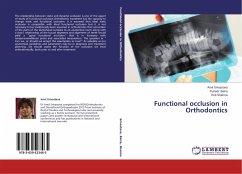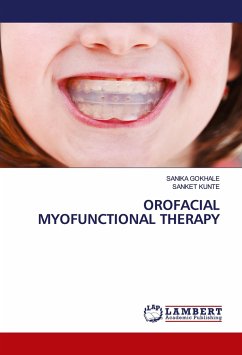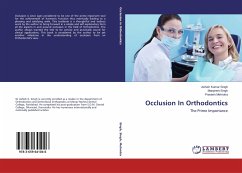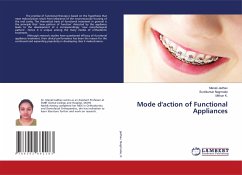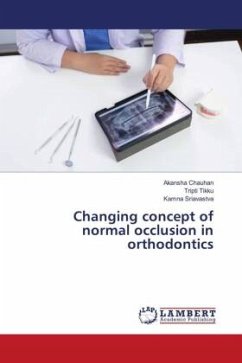The relationship between static and dynamic occlusion is one of the aspect of study of functional occlusion.Orthodontic treatment has the capacity to change static and functional occlusion. It is assumed that ideal static occlusion is compatible with ideal functional occlusion but it is not necessary.It has traditionally been assumed in orthodontics that correction of the parts of the dentofacial complex to an anatomical norm along with a class I relationship of the buccal segments and alignment of teeth would yield a "good functional occlusion" that is in harmony with temperomandibular joints and associated musculature. The question is: " Can we, or should we accept this assumption as true?" As valuable as our anatomical guidelines and parameters may be in diagnosis and treatment planning, we should assess the function of the occlusion we treat orthodontically, both prior to and after treatment
Bitte wählen Sie Ihr Anliegen aus.
Rechnungen
Retourenschein anfordern
Bestellstatus
Storno

